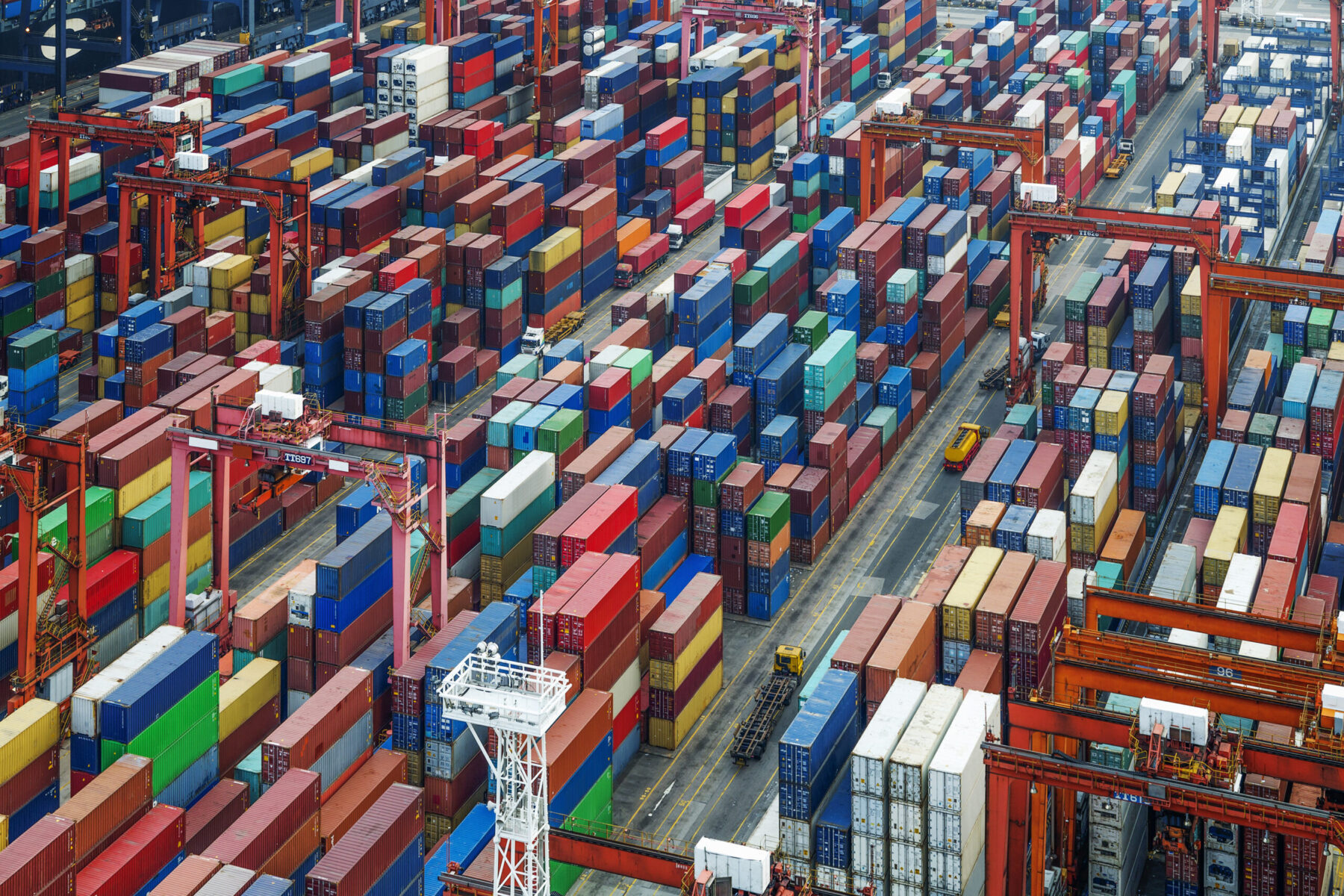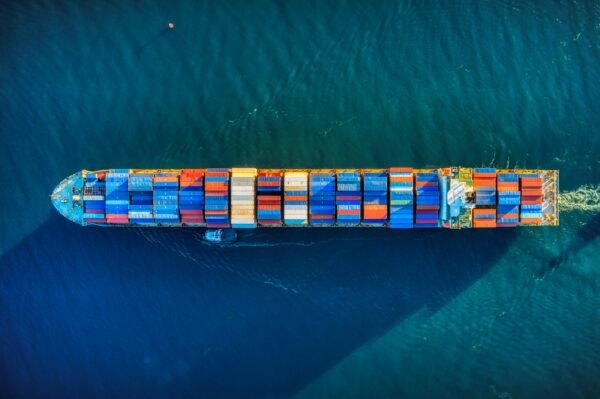Making sense of the CDS transition
Jan 16, 2023
Scroll to find out more
Jan 16, 2023
Scroll to find out more

The UK is on a mission to become a more efficient, integrated and connected trade partner, but any big bureaucratic shakeup brings challenges. These issues were on full display at the end of 2022, when HMRC delayed the second stage of its Customs Declaration Service (CDS) transition after reported outages and messaging faults related to the first part of its implementation.
The deadline for bringing exports online in line with the new CDS system has now moved to 30 November, and may be in line for further delays. However, if the implementation of import protocols for CDS in 2022 is anything to go by, shippers may still struggle to get their ducks in a row. To get a head start on planning and find out how to use the time available to its fullest extent, we sat down with Lorenzo Rossetti, Director Trade & Customs at KPMG, on our weekly podcast Freight to the Point.
CDS aims to modernise and streamline the declaration process for goods entering or leaving the country, moving away from the sturdy but outdated CHIEF system. CDS is based on the Union Customs Code (UCC), which is the EU’s customs code, and uses XML messages and API delivery mechanisms to provide faster and more accurate responses.
The system is intended to be part of a broader Brexit strategy, but its implementation has been slower than desired due to various technical and logistical challenges. The system is currently in use for all import declarations, but reports indicate recurrent issues both in the software available, and also the approach from shippers.
The challenges faced by the Customs Declaration Service (CDS) can be broadly divided into two areas: access and operation. Many traders have been unable to register for CDS due to mismatches in EORI numbers, VAT groupings, and deferment accounts within the Government Gateway.
The other main issue is related to the operation of the system, as the CDS declarations have increased in scale and complexity, requiring more master data to be held and passed over to those generating the declarations. This has led to more work and more time required to generate these declarations, and more granularity of information that needs to be provided. This has had a negative effect on the usability of the system,with reports that it takes four times longer to generate a CDS declaration compared to a CHIEF declaration.
While these issues are not universal, they are sufficient to seriously impact user experience and efficiency. As Lorenzo puts it:’ If importers and clearance agents prepare properly, then we see lots of declarations flow through pretty easily. But anything that’s slightly out of the ordinary starts to become problematic because lots more new data elements, lots more granularity of data that has to be generated.’
The party line from HMRC is that the delay is intended to give shippers more time to prepare for the move, but the issues seen so far indicate that the real reason may be to give authorities time to sort out the import challenges they’re facing before complicating the picture with exports.
However, shippers would be well advised to use this time to ensure that whenever the system does come in, they’re ready to integrate and operate effectively.
As the world of customs becomes increasingly digitised, Zencargo has increased its focus on efficient handling and processing of declarations. By building a single supply chain visibility system, our customers can track customs progress with the same peace of mind as their freight.
To find out more about how we work with our customers and how the right tools can set you up for CDS success, get in touch with our team today.

To find out how you can take control of your supply chain costs and stay ahead...

To find out how you can navigate a path through uncertainty, book your free str...

To find out more about how Zencargo’s digital freight forwarding experts and te...